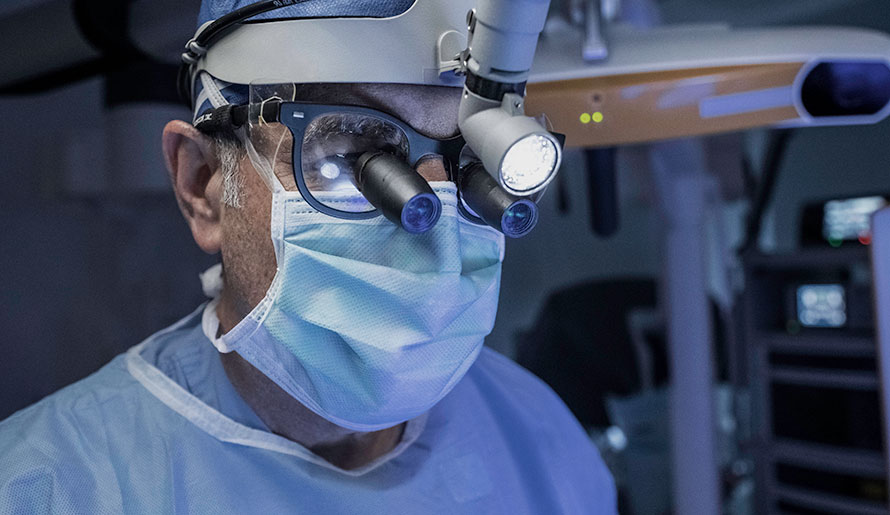Response Assessment in Neuro-Oncology Criteria for Gliomas

Dr. Michael Vogelbaum, Program Leader and Chief of Neurosurgery for the Department of Neuro-Oncology at Moffitt Cancer Center, recently co-authored a publication entitled, “RANO 2.0: Update to the Response Assessment in Neuro-Oncology Criteria for High- and Low-Grade Gliomas in Adults.”
Purpose
The Response Assessment in Neuro-Oncology (RANO) criteria for high-grade gliomas (RANO-HGG) and low-grade gliomas (RANO-LGG) were developed to improve the reliability of response assessment in glioma trials. Over time, some limitations of these criteria were identified, and challenges emerged regarding integrating features of the modified RANO (mRANO) or the immunotherapy RANO (iRANO) criteria.
Methods: Informed by data from studies evaluating the different criteria, updates to the RANO criteria are proposed (RANO 2.0).
Results
We recommend a standard set of criteria for both high- and low-grade gliomas, to be used for all trials regardless of the treatment modalities being evaluated. In the newly diagnosed setting, the postradiotherapy magnetic resonance imaging (MRI), rather than the postsurgical MRI, will be used as the baseline for comparison with subsequent scans. Since the incidence of pseudo-progression is high in the 12 weeks after radiotherapy, a continuation of treatment and confirmation of progression during this period with a repeat MRI, or histopathologic evidence of unequivocal recurrent tumor, are required to define tumor progression. However, confirmation scans are not mandatory after this period nor for the evaluation of treatment for recurrent tumors. For treatments with a high likelihood of pseudo-progression, mandatory confirmation of progression with a repeat MRI is highly recommended. The primary measurement remains the maximum cross-sectional area of the tumor (two-dimensional) but volumetric measurements are an option. For IDH wild-type glioblastoma, the nonenhancing disease will no longer be evaluated except when assessing response to antiangiogenic agents. In IDH-mutated tumors with a significant nonenhancing component, clinical trials may require evaluating both the enhancing and nonenhancing tumor components for response assessment.
Conclusion: The revised RANO 2.0 criteria refine response assessment in gliomas.
Read the full publication.
To refer a patient to Moffitt, complete our online form or contact a physician liaison for assistance or support. As part of our efforts to shorten referral times as much as possible, online referrals are typically responded to within 24 - 48 hours.
Patrick Y. Wen et al., RANO 2.0: Update to the Response Assessment in Neuro-Oncology Criteria for High- and Low-Grade Gliomas in Adults. JCO 41, 5187-5199(2023). DOI:10.1200/JCO.23.01059
